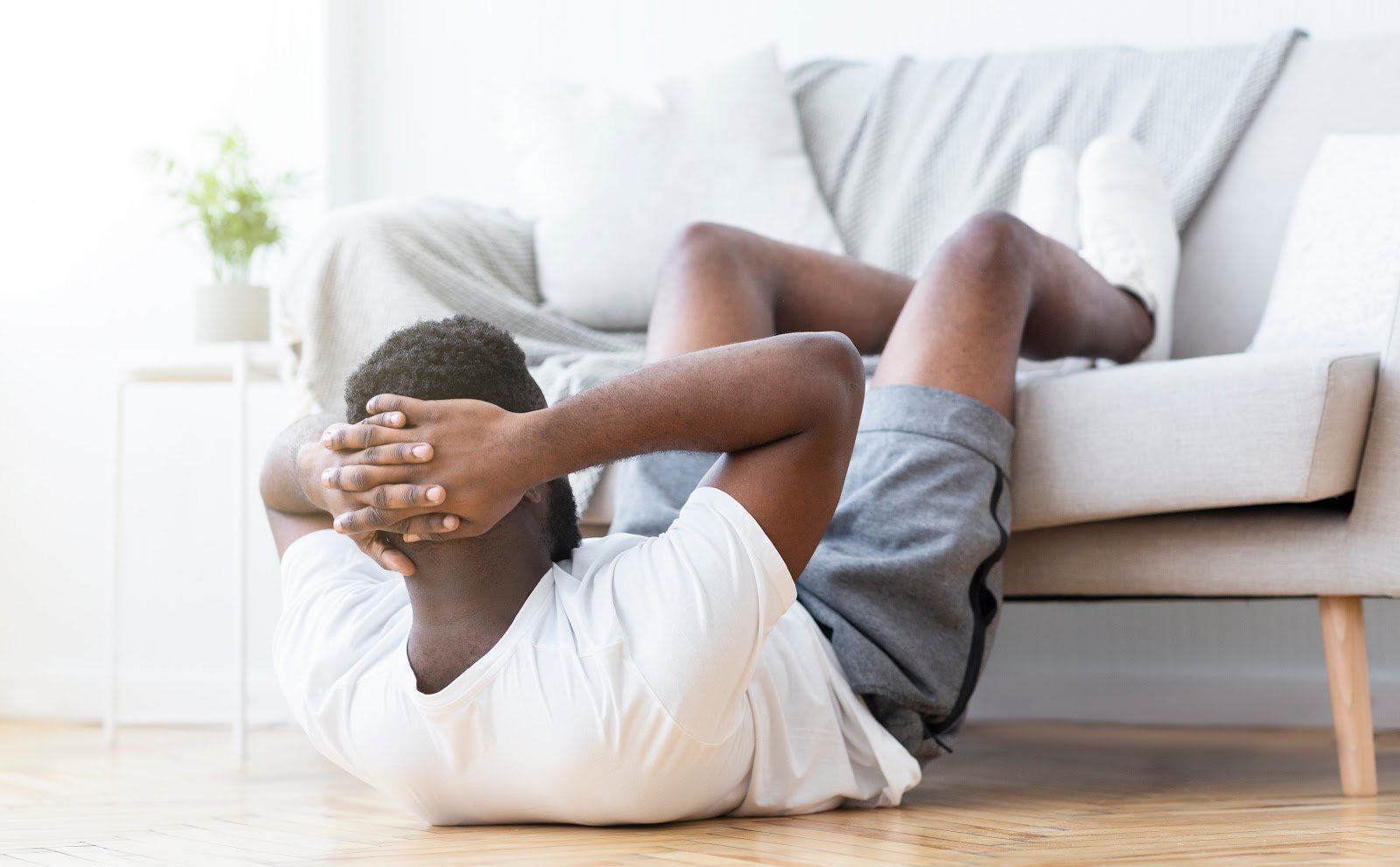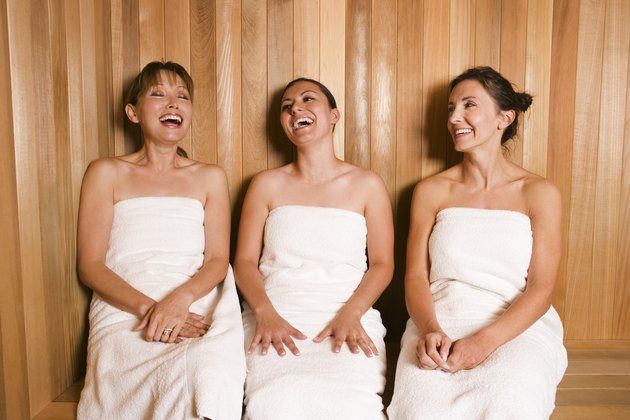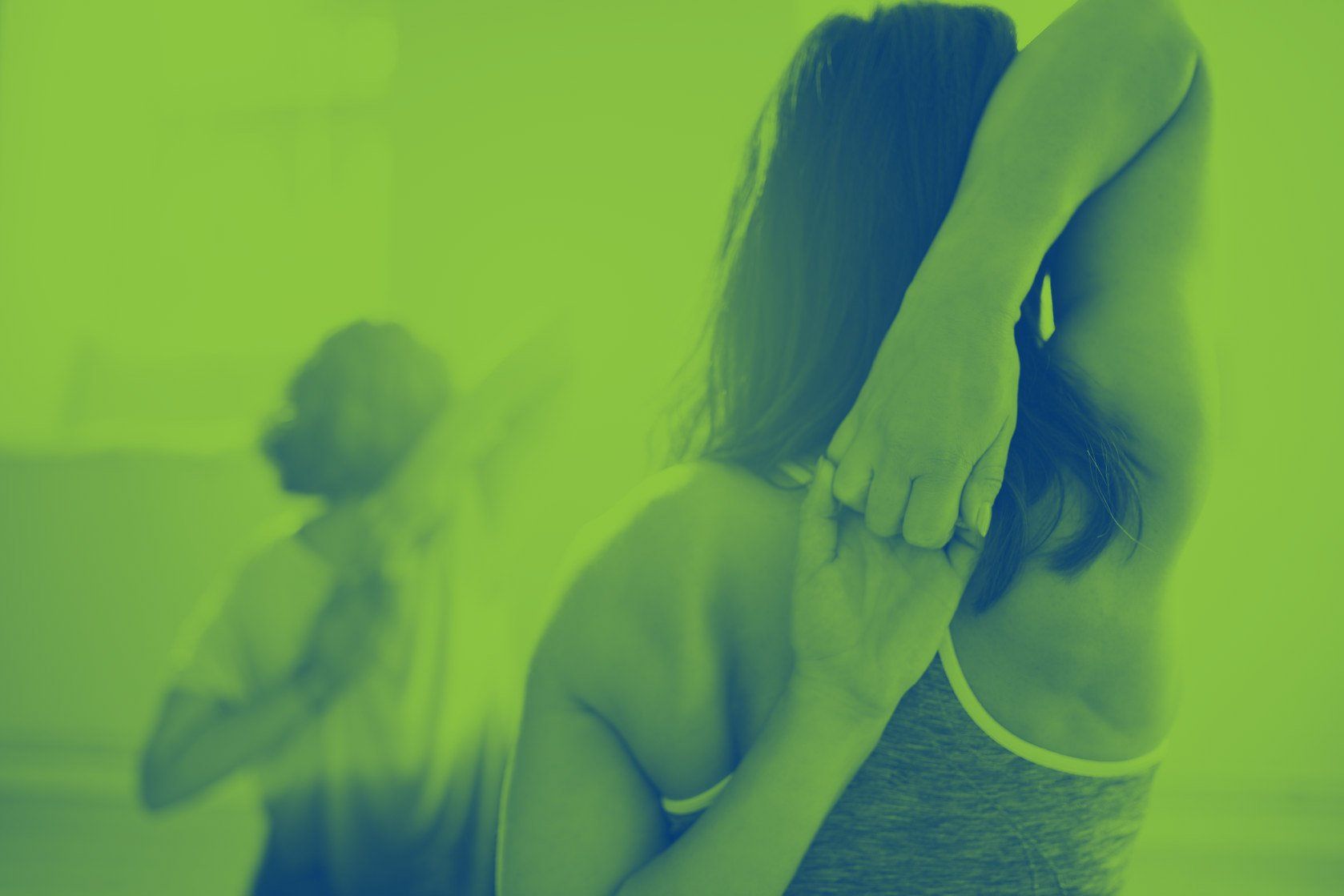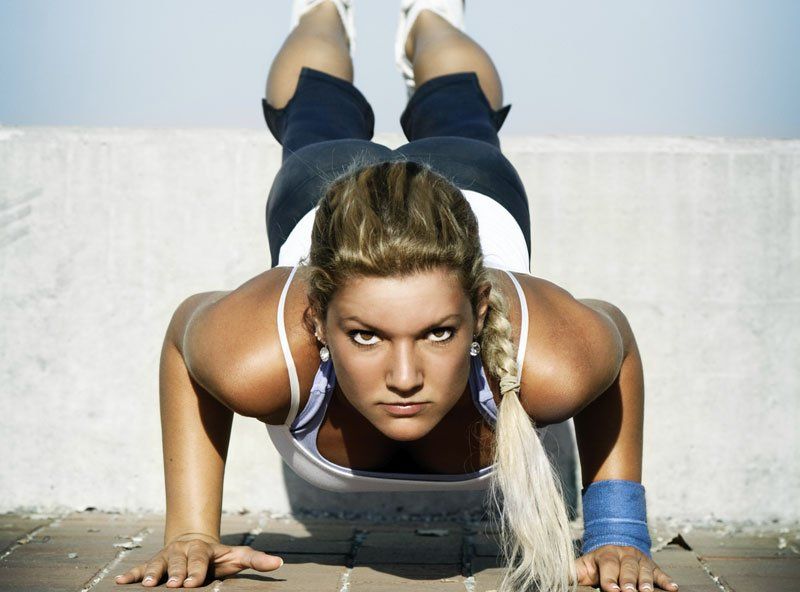Balance
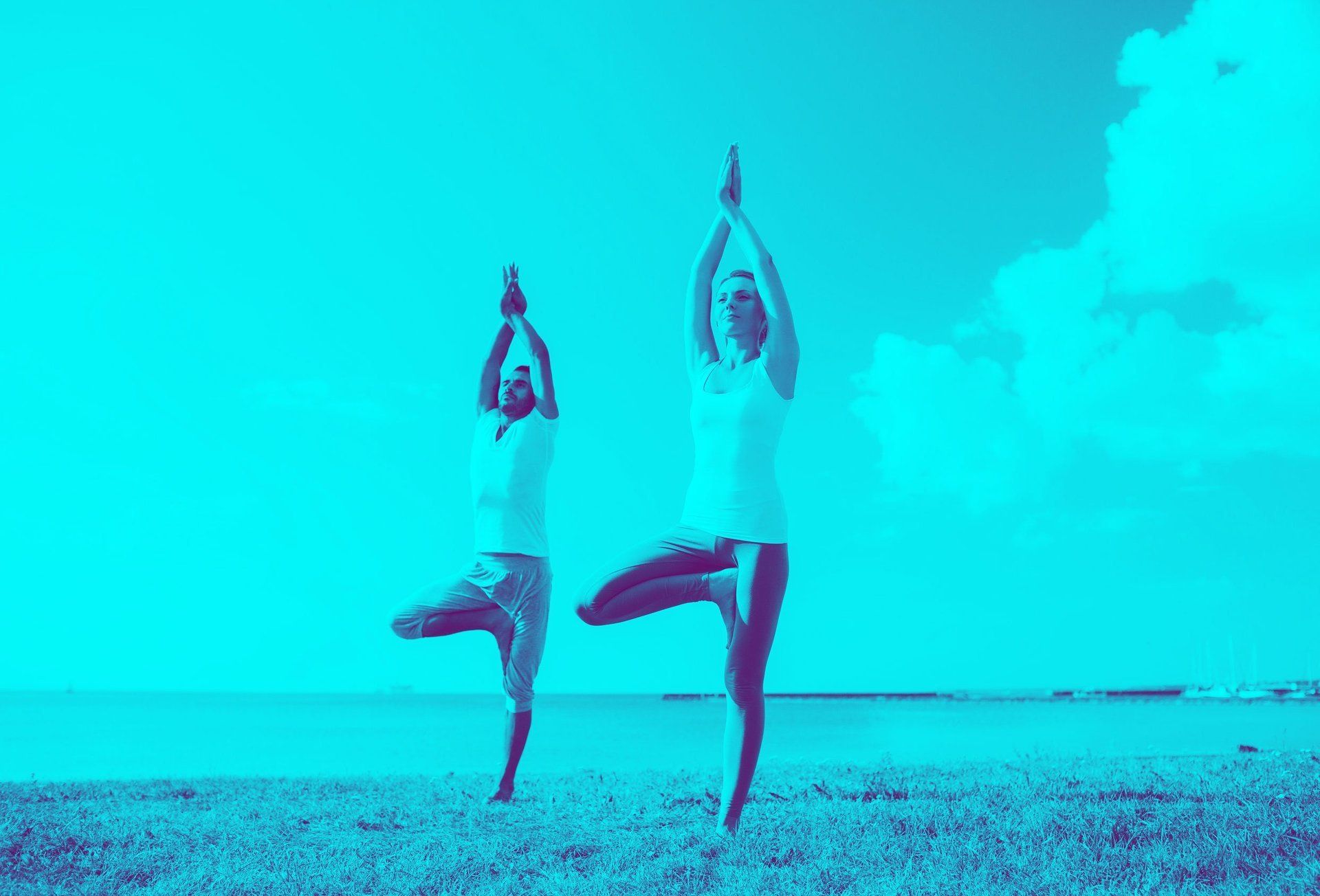
In the case of fitness, balance refers to the ability to maintain body equilibrium. That is to say, it is our ability to keep from falling down. Balance training occurs throughout many of group fitness class experiences, but it has its own dedicated track in Group Active and Group Centergy.
There are three systems in the body that control your sense of balance: proprioceptive, vestibular, and visual. The proprioceptive system sends messages to your brain about whether your joints are bent or straight and where your joints are in space. It also tells your brain how fast you are moving. Imagine putting your hand behind your back and holding up two fingers. Although you can’t see what’s happening, your proprioceptive system reports the information to your brain.
The vestibular system controls your sense of movement and balance. It’s the sensory system considered to have the most important influence on the other sensory systems and on the ability to function in everyday life. Think of this system like a traffic cop, telling each sensation where and when it should go or stop.
The visual system is all about your eyes. When your vision is reduced, or eliminated all-together, your sense of vision if heightened considerably. Picture yourself walking down the stairs carrying something that prevents you from seeing your next step, or getting up in the middle of the night when it’s pitch black. Since you’re unable to utilize your visual sense, your balance system is required to work harder.
The Benefits of Balance
Balance has many benefits, and the one you’re probably most grateful for is that it prevents you from falling down.
- In addition balance:
- Increases stability
- Improves posture and coordination
- Increases core strength
- Decreases risk of injury
- Delays physical deterioration associated with aging
One of the great things about balance training is that balance can be improved without any fancy equipment. Our goal is to learn, challenge, and improve our balance. We stimulate the three systems by attempting to destabilize them using exercises that:
- Are dynamic: involve movement
- Are static: non-moving or stationary
- Minimize the surface area you’re standing on: standing on one leg, up on the toes, or back on the heels
- Require a sight challenge: closing your eye or looking in a specific direction
- Modify the standing position: doing lunges or split squats
When you first begin balance training, you’ll be most comfortable with a wide base of support. This puts you in the most stable position. The closer you bring your feet together, the more your balance will be tested. Also, for balance exercises on one foot, it is always okay to tap a toe or a heel down or to stand closer to a wall so you can tap your fingers if needed. Give yourself time to learn first, then challenge and improve your balance over time.
